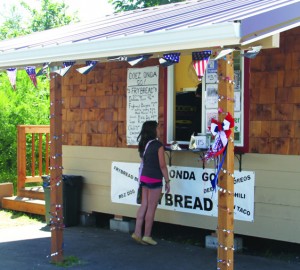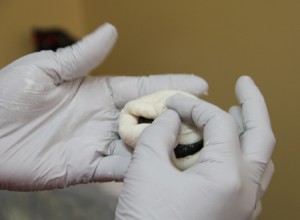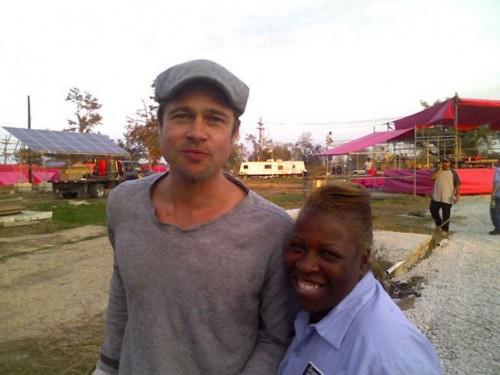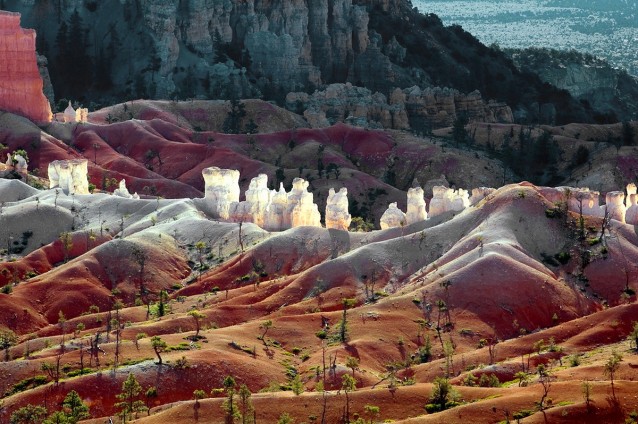
Photo courtesy of Tulalip Lushootseed Language Department
By Brandi N. Montreuil, Tulalip News
TULALIP – The Tulalip Lushootseed Language Camp will begin July 21, marking its 19th consecutive year of connecting Tulalip youth, ages 5-12, to the Lushootseed language and Tulalip culture.
This year youth will learn the traditional Tulalip story, “Seal Hunting Brothers,” told by Martha LaMont. Through the use of activity stations that include art, weaving, technology, traditional teachings, songs, and games among others, youth will learn the traditional story in Lushootseed. Youth will then perform the story in a play for the community at the end of the weeklong camp.
“This story is passed down from Martha LaMont and is one of our vision, mission and values story. Each year we pick our theme and pick our story. We ask ourselves, what story do we want them to learn; what morals do we want them to learn?” said Tulalip Luhootseed teacher Natosha Gobin, who has been teaching at the camp for over a decade.
The story, “The Seal Hunting Brothers,” explores topics about greed, honesty, providing for family and community, as well as explaining how the killer whale became the Tulalip Tribes emblem.

This year, teachers from the Quil Ceda & Tulalip Elementary School will be joining the camp in a collaborative effort to continue building a trust relationship between Marysville School District teachers and Tulalip youth.
“We’ve been doing this for 19 years, and I have been helping to lead the camp since 2003. After this many years, it is hard to hold back on all the ideas that we want to do. This year in our art station we will be teaching about Southern Coast Salish art. Kids will be able to start learning about the art design elements and how to put those elements together, while learning about positive and negative space,” said Gobin.
Held at the Tulalip Kenny Moses Building, the interactive camp is held in two sessions and open to 100 youth. Registration is open until July 28. Both camp sessions will feature a play based on the “The Seal Hunting Brothers,” held at the Hibulb Cultural Center’s Longhouse, followed by a potlatch and a traditional honoring of community members.
For more information about camp times and registration please contact the Tulalip Lushootseed Department at 360-716-4499 or visit their website at www.tulaliplushootseed.com.
Brandi N. Montreuil: 360-913-5402; bmontreuil@tulalipnews.com

 some native beats to enjoy, visit the links below. Both stations play 24/7 and can be listened to on either a PC or on your smart phone (there’s an app).
some native beats to enjoy, visit the links below. Both stations play 24/7 and can be listened to on either a PC or on your smart phone (there’s an app).











